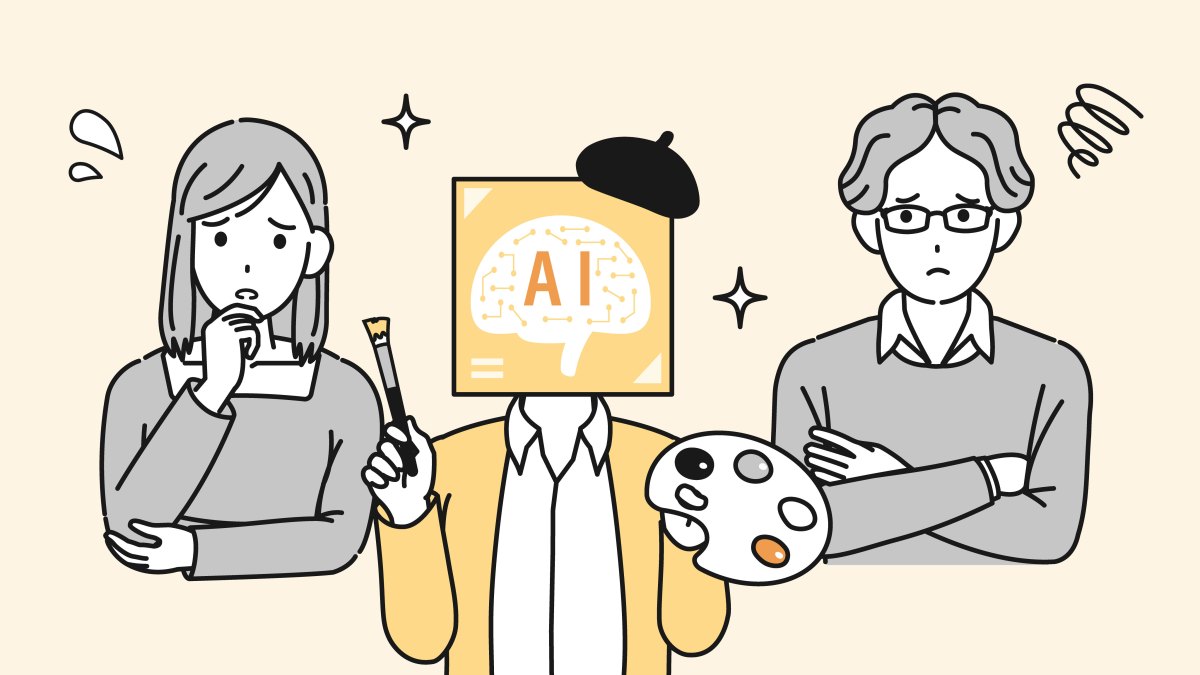Christie's AI Art Auction Exceeds Expectations

- Christie's 'Augmented Intelligence' AI art auction exceeded expectations, generating over $700,000
- Refik Anadol's 'Machine Hallucinations — ISS Dreams — A' was the top sale, fetching $277,200
- The auction featured artwork created using AI models trained on copyrighted work without permission
- Nearly 6,500 artists signed an open letter criticizing Christie's for exploiting human artists
- The controversy highlights the ongoing debate surrounding AI-generated art and its place in the art world
Introduction to AI Art Auction
Christie's, a renowned fine art auction house, has made headlines with its first-ever show dedicated solely to works created with Artificial Intelligence (AI). The auction, titled 'Augmented Intelligence', has reportedly exceeded expectations, generating significant interest and revenue. According to Christie's, the show brought in over $700,000, with many lots reaching beyond their high estimates.
The top sale was Refik Anadol's 'Machine Hallucinations — ISS Dreams — A', a dynamic painting that algorithmically reimagines data from the International Space Station and satellites. It fetched an impressive $277,200, demonstrating the growing appetite for AI-generated art. Nicole Sales Giles, Christie's VP and director of digital art sales, stated that the show's success 'confirmed' that collectors recognize 'creative voices pushing the boundaries of art'.
Criticism from Artists
However, not everyone is pleased with Christie's decision to feature AI-generated art. Nearly 6,500 artists signed an open letter demanding that Christie's cancel the show, accusing the auction house of featuring artwork created using AI models 'known to be trained on copyrighted work' without a license. The artists argue that this exploits human artists, using their work without permission to build products that compete with them.
This controversy highlights the ongoing debate surrounding AI-generated art and its place in the art world. As AI technology continues to evolve, it raises important questions about authorship, ownership, and the role of human creativity in the artistic process.